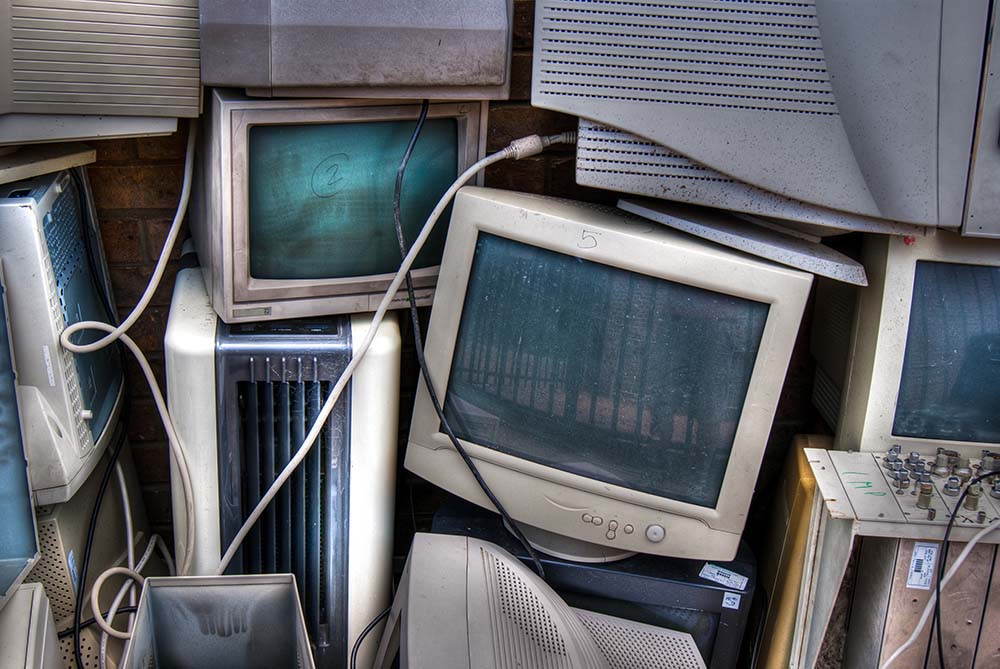
Harmful Effects of E-waste on Environment
E-waste is among the most hazardous types of waste for the world. But why is that so? Today, we’ll teach you which are the top harmful effects of e-waste on the environment.
Harmful Effects of E-Waste on Environment You Should Know Of
Did you know that around 2.8 million tons of e-waste were generated in 2017? Among these electronics, we have items such as TVs, DVD players, computers, cell phones, and much more. And, at the rate we are going, these numbers are only susceptible to rise up if we don’t make a change.
Nowadays, e-waste is a rising issue for all of us. With our constant need to replace our electronics from time to time, it’s only inevitable for e-waste to rise up more and more over time. And, when improperly disposed of, it can pose many health risks and threats to nature.
Here are some of the significant harmful effects of e-waste on environment:
- E-waste releases toxic chemicals, causing air pollution.
- Electronic products make up a million tons of waste in landfills.
- Electronic devices negatively impact soil, water, and air.
- Components like polybrominated flame retardants, barium, and lead negatively impact human health.
E-waste Releases Toxic Chemicals, Causing Air Pollution
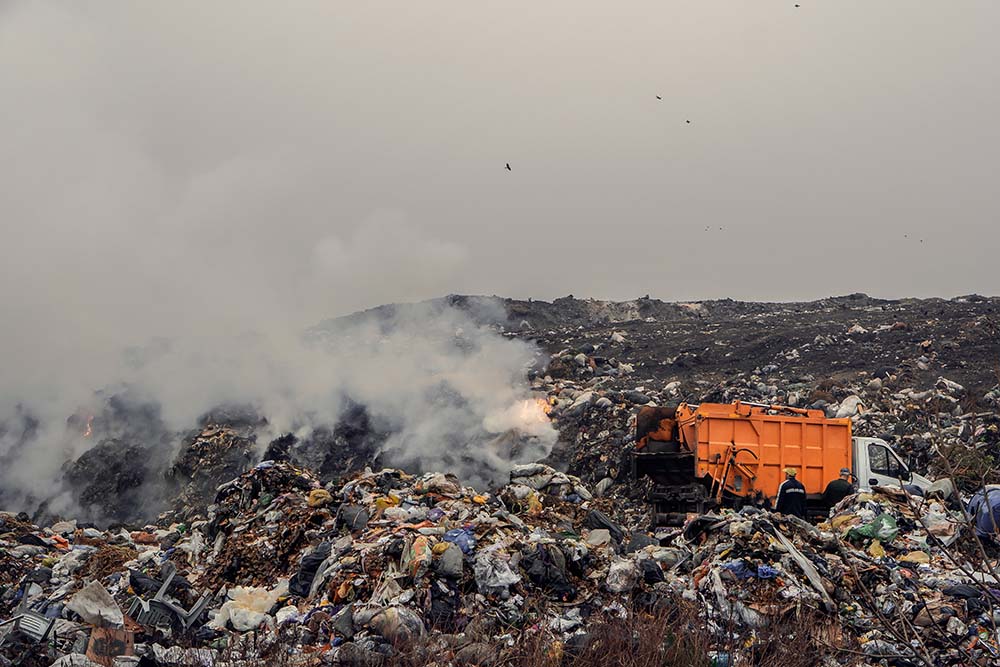
What happens when waste ends up in a landfill?
It probably ends up being burned up. As you may know, all fire types can bring all sorts of harmful fumes into the air, such as carbon dioxide.
However, when you burn electronic products, this waste can release hydrocarbons and dioxins onto the atmosphere, thus contributing even more to the greenhouse effect.
In many cases, burning e-waste can help get valuable metals and materials, such as copper. Moreover, people tend to also extract these higher value items by desoldering or using acids.
Unfortunately, both of these methods tend to release toxic fumes, harmful chemicals that are typical to increase chronic diseases’ chances. The worst part of it all is that these poisonous particles can travel great distances, thus posing a great danger to both humans and animals.
Additionally, this air pollution can further cause other types of pollution, which we’ll talk about later in this blog.
Electronic Products Make Up a Million Tons of Waste in Landfills
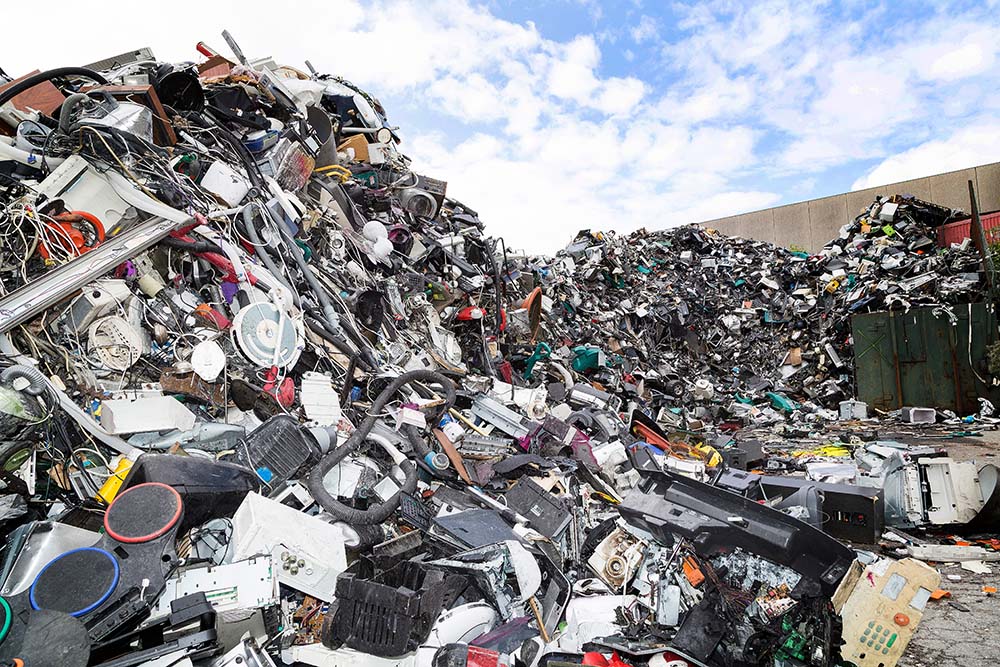
As we said before, electronics make up to 2.8 million tons of waste in landfills. Just like this type of waste can have valuable materials, it can also bring harmful heavy metals. These metals often include cadmium, mercury, and lead.
When e-waste ends up in landfills, the metals degrade and start to contaminate the environment. This contamination brings dangerous effects to the vicinity of the landfill.
Also, it’s very common for electronic products not to go through a breakdown process when thrown into landfills. Because of this, there are many valuable elements you can’t salvage when they’re already at a landfill. Some of these elements include nickel, platinum, and even gold!
Not taking advantage of these materials found in electronics ends up translating in a higher depletion of sources. In the long run, it can cause the resources’ costs to rise up over time.
Electronic Devices Negatively Impacts Soil, Water, and Air
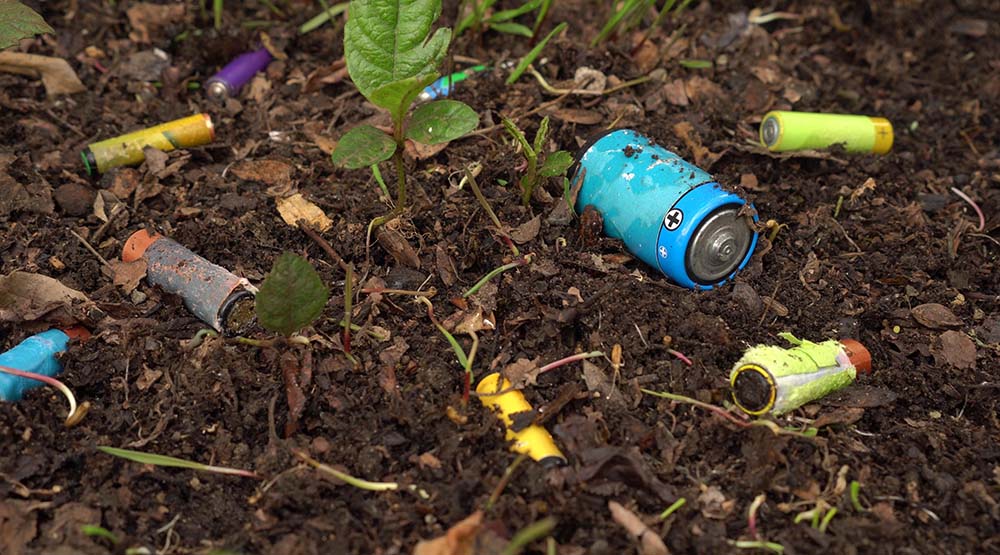
When it comes to the harmful effects of e-waste on environment, you’ll need to be aware of the negative impact on the soil and water.
When the harmful toxins of electronics seep down onto the soil, the soil can go through many changes, including its type, pH levels, and composition. Not only that, but these toxins can also remain on the ground for long periods of time.
This, therefore, hurts the microorganism on the ground nearby and the plants as well. Eventually, animals and other wildlife types end up eating from these plants, thus causing health problems to them.
Along with damaging the plants and wildlife, heavy metals can make their way to nearby water sources and groundwater as well. Any rivers, streams, ponds, and lakes nearby end up with higher acid and toxic levels, hurting even communities that are miles away from the landfill. This poses a threat to find any sources of clean drinking water nearby.
Ultimately, the higher acid levels can kill marine life, thus hurting the ecosystem. If not taken care of in time, e-waste can cause permanent damages that make a recovery difficult and even impossible.
Components like Polybrominated Flame Retardants, Barium, and Lead Negatively Impact Human Health
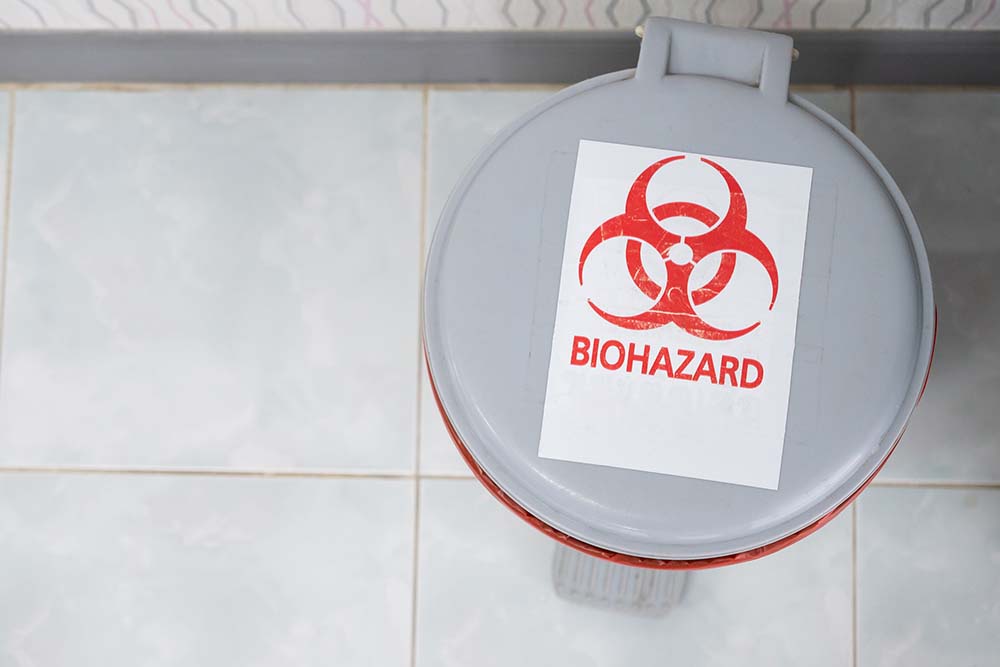
Lastly, among the hazardous impacts of e-waste, we have its effects on human health. If the dangerous toxins of electronics are let out of the environment, it can bring all sorts of troubles to humans.
Their components, such as polybrominated flame retardants, lead, lithium, and barium, can bring all sorts of adverse effects to your organs.
Some of the most affected organs from this sort of issue include your brain, kidney, liver, skeletal system, and heart. In the worst cases, it can even damage your reproductive and nervous system. This ends up in people with birth defects and diseases.
So, How Should You Properly Dispose of E-Waste?

Luckily, there are some easy ways you can handle old electronics. For instance, you can always take your old electronic products to an e-waste recycling center. These facilities usually know the drill when it comes to taking care of electronics.
If your old electronics still work, then you can also donate them to charity!
Lastly, if you have large appliances such as old TVs or an old fridge, you can always count on a professional junk removal service! An eco-friendly disposal service knows exactly what to do in this sort of situation.
Now that you know the harmful effects of e-waste on environment and the right way to dispose of them, it’s time to take action. Remember that by taking responsible steps, you help save the Earth. Remember to stay green!
